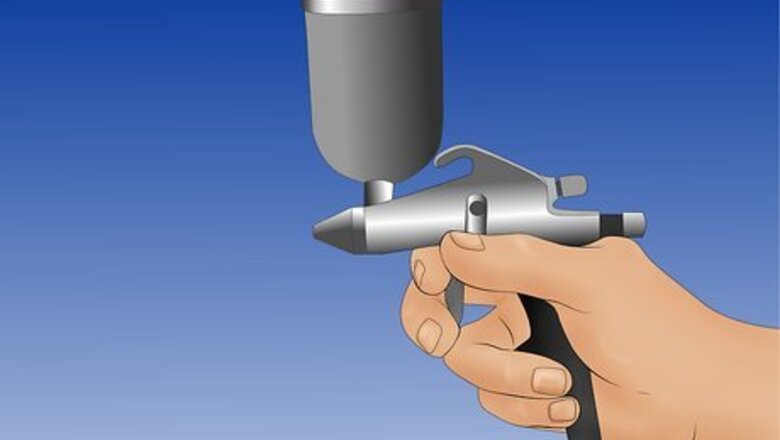
views
Use a hand-held spray-paint gun.
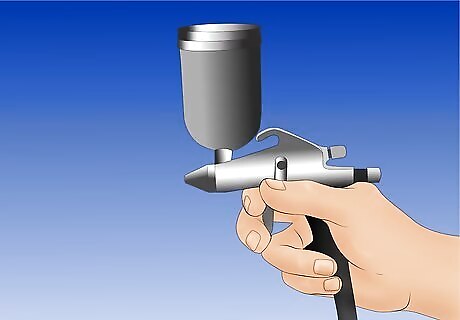
Use a spray-paint gun sprayer (sometimes called a "cup gun") for small jobs, such as furniture. The spray-gun is a virtually self-contained sprayer, electrical with a screw- on container for the paint.
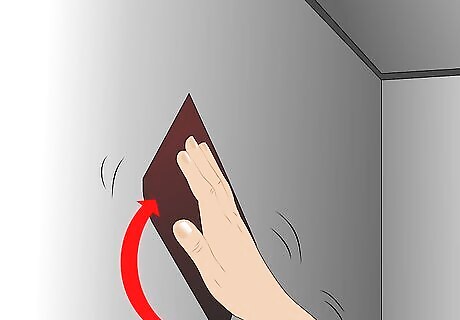
Prepare the surface to be sprayed by roughing the surface lightly with sandpaper and cleaning it thoroughly after.
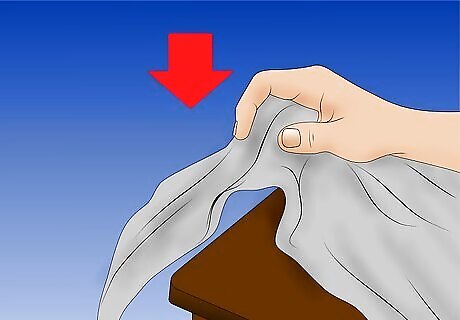
Cover all furniture, carpeting, and adjacent items because spray will drift.
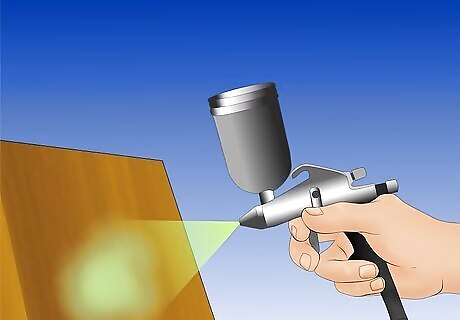
Test run the spray on a piece of wood to determine the most suitable tip for the sprayer and the most effective stoke motion.
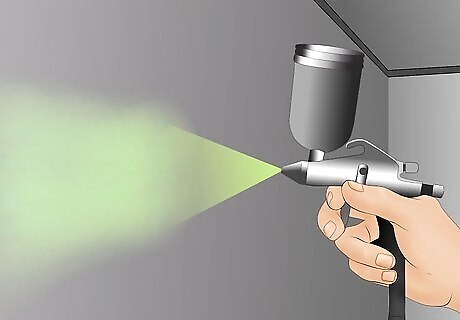
Spray paint surface with lightly sweeping motions.
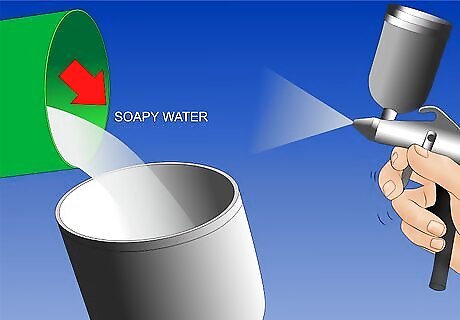
Clean spray-gun by spraying a container full of lightly soaped water.
Use an airless spray gun.
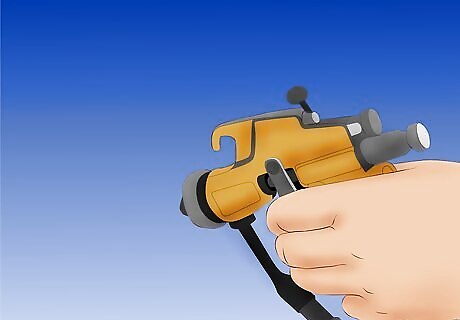
Use an airless spray gun for larger surfaces, such as indoor and outdoor walls.
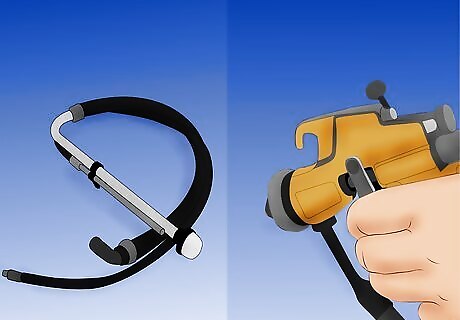
Prime the gun, hose, and siphon tube according to sprayer instructions.
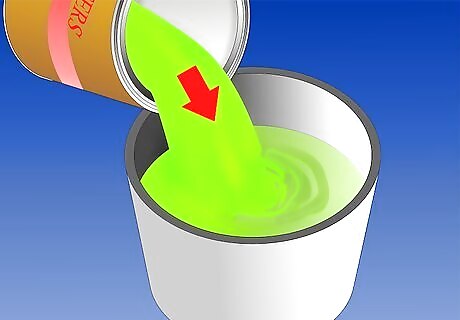
Fill a bucket with approximately 2 gallons (7.57 L) of paint.
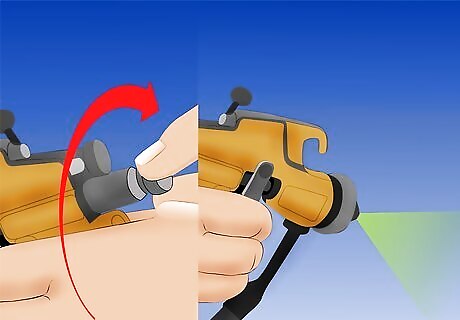
Adjust the pressure, after dry-run test spray on piece of cardboard or wood, according manufacturer's directions. Pressure is too high if the coverage is thin or there is a lot of scatter.
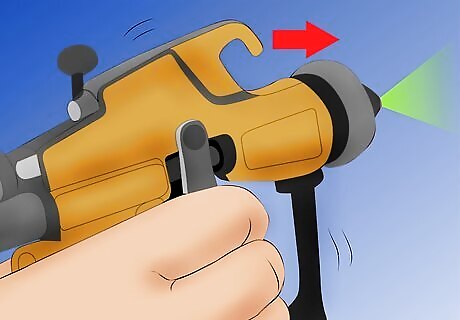
Hold sprayer tip 14 inches (35.56 cm) from the surface and sweep sprayer in easy movements that overlap each sweep by 50%.
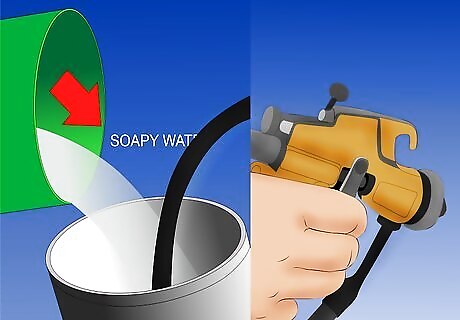
Flush spray system with lightly soaped water.
Use an HVLP (High Volume Low Pressure) paint sprayer.
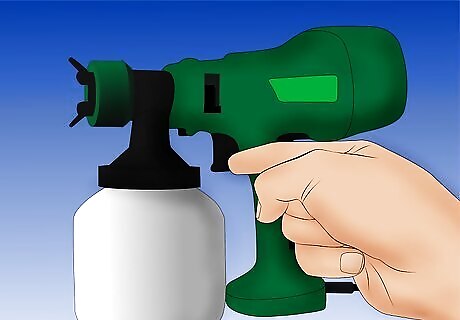
Use an HVLP sprayer for surfaces where it is important to avoid streaks. The HVLP, like the Airless Spray Gun, consists of a paint reservoir, a hose, compressor, and gun with a variety of tips.. The high volume (HV) in the sprayer applies more paint, and it does so at low pressure (LP), thereby, reducing overspray.
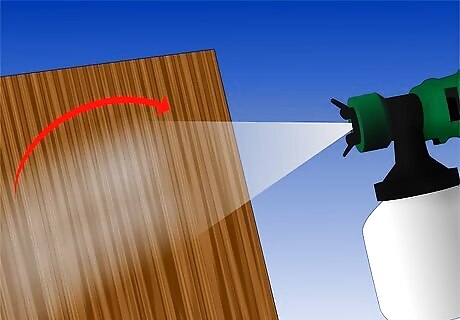
Test sprayer on piece of wood or cardboard to practice sweeping motion and determine most effective tip.
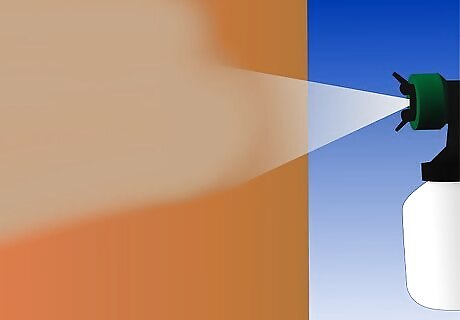
Paint surface with sweeping motions that overlap last sweep by 50%.
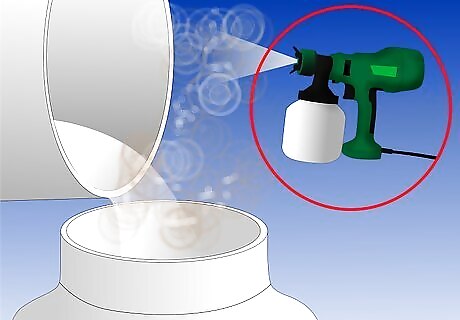
Clean sprayer by flushing with lightly soaped water.

















Comments
0 comment